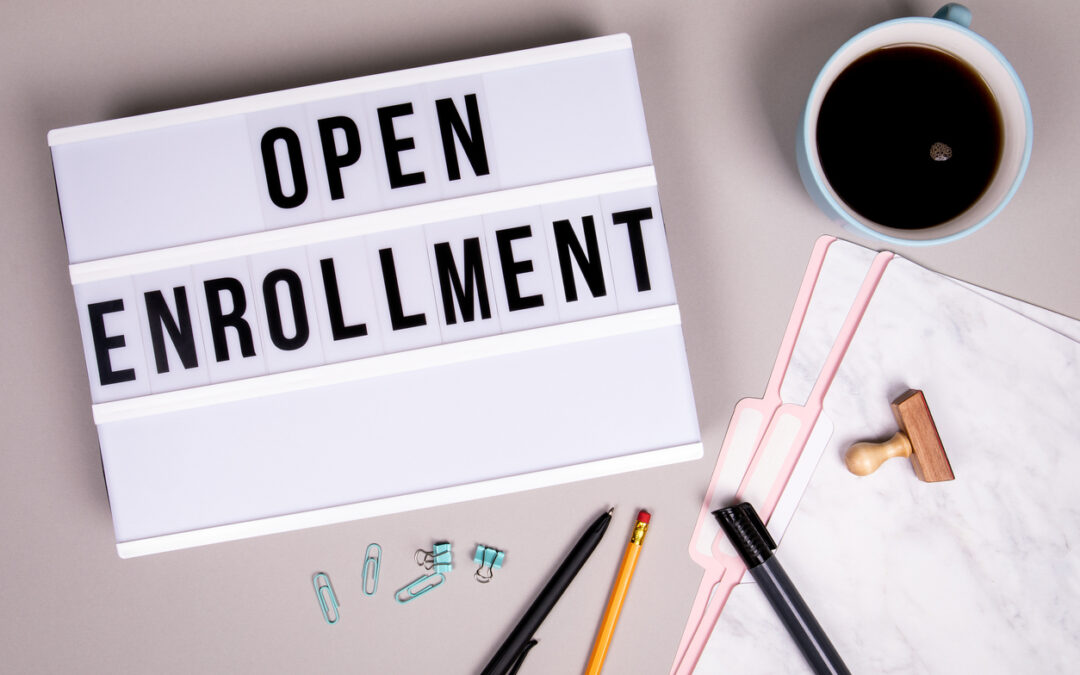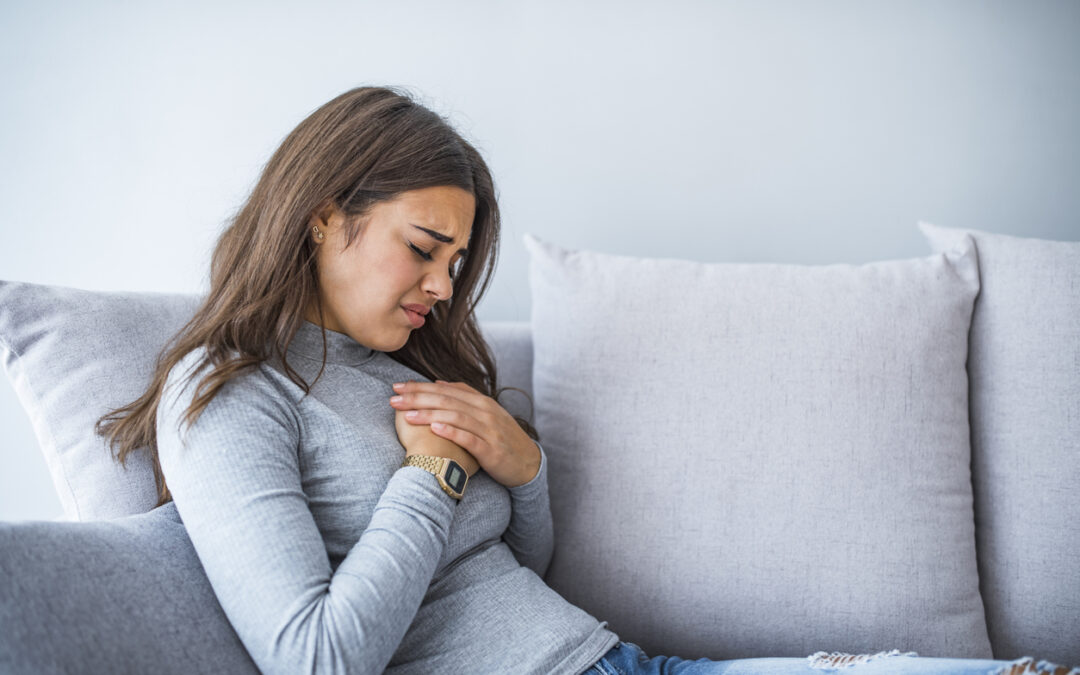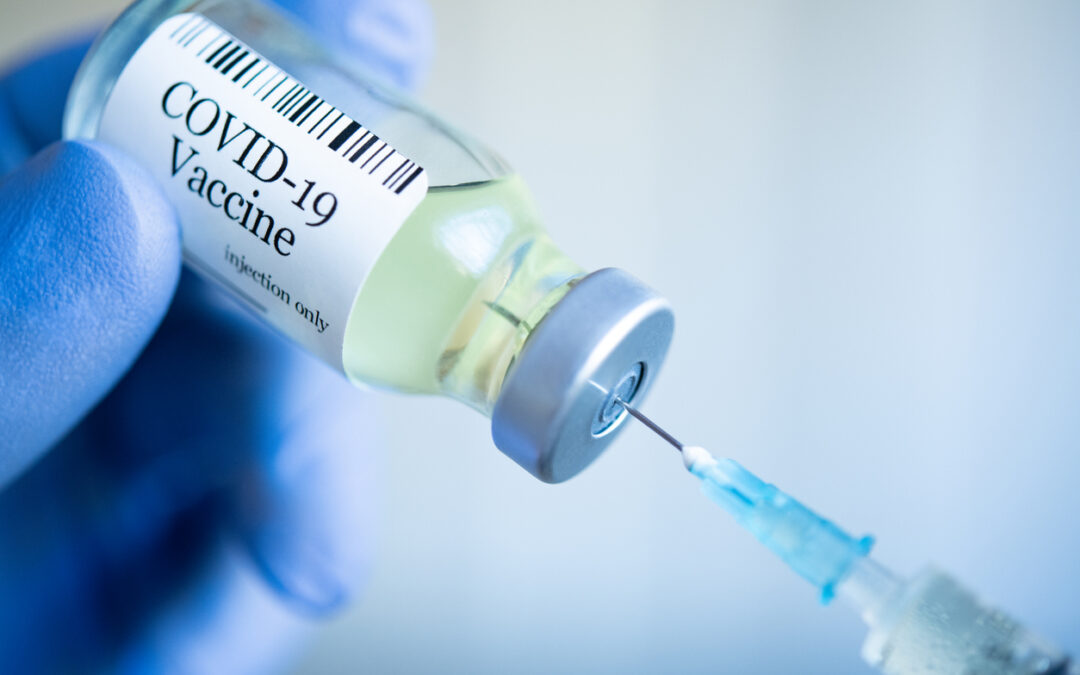
by Jen Owen, N.P. | Nov 4, 2020 | Integrative Medicine, Seasonal Health
Welcome to this week’s topic about finding the best health care plan to support your desire for integrative care.
There are 5 main things you’ll want to keep in mind if you have the option to switch health insurance plans during this open enrollment period from November 1-December 15:
First: Are Your Preferred Providers Covered In-Network?
Check to see that the providers you actually want to work with are covered by your plan.
When you are given the list of possible plans either by your own search, the marketplace, or your agent, be sure to search for each provider you want to see in the provider directory.
Don’t forget to look for your alternative care providers, such as your chiropractor, acupuncturist, and massage therapist.
I did a live video about this on my Wellness Wednesdays Facebook Live. Click here to watch it.
Second: What Labs Are Covered?
Look into what lab tests are covered by your insurance. Usually this is a very small amount of labs, like cholesterol and blood sugar.
Find out which laboratory companies are the preferred options for each plan. Do these work well with your primary and specialty care providers?
Are you interested in getting specialty testing like a food sensitivity panel? Does the insurance plan you’re considering work well with specialty testing companies?
Third: Are “Alternative” Treatments like Chiropractic or Acupuncture Covered?
Many plans offer a certain number of these types of visits. How about the one you’re considering?
What is your co-pay for these services?
Is the plan more expensive every month because it offers these services? Would there be less cost to you if you paid out of pocket versus paying extra for this coverage?
Fourth: What Medical Care Do You Foresee Needing Next Year?
Will you simply be using your insurance for your wellness checks or do you know you need an expensive procedure?
If you’ll be seeing your primary care provider only once or twice to get your annual exams and screenings and don’t plan on much else, a high deductible plan might make sense.
This could free up cash-flow for specialty care and testing.
But, if you know you need a surgery or something else with a higher cost, it might make more sense to pay a higher monthly fee with a lower deductible.
Fifth: Could Working With an Agent Alleviate Stress For You?
A few years ago, I found an amazing agent to help me navigate the healthcare maze. She’s been particularly helpful with options for my small business.
Having an agent is great for objective advice and to make sure you know all your options.
A good agent will present you with the very best options for you and you don’t pay them anything.
If you want to get in touch with my agent, she is Rachelle Thayer of Northwest Strategic Insurance Advisors.
What other questions do you have? Comment below and let me know and share this post with friends who might also need this information.

by Jen Owen, N.P. | Oct 28, 2020 | Integrative Medicine
Instead of saying the same things I always say about the work I do, I thought I’d give you an example of how integrative medicine really works, so you can see how it could benefit you or those you love.
Heartburn and reflux are extremely common symptoms. According to the American College of Gastroenterology, it’s estimated that more than 15 million American suffer with heartburn and/or reflux symptoms every day. That’s a lot of folks!
Conventional Approach
If you were to go to a mainstream western medical provider with the complaint of heartburn, there’s a very high chance that your treatment would consistent of one thing: a prescription for a medication from a class of drugs called proton-pump inhibitors (PPIs). Commonly prescribed PPIs include, omeprazole (Prilosec), esomeprazole (Nexium), lansoprazole (Prevacid), rabeprazole (AcipHex), and pantoprazole (Protonix). Many of these are also available over-the-counter.
I know this because that 15 million people with heartburn statistic you read above is generated by the number of people taking one of these medications every day.
If you’re lucky, this conversation might also include advice to eliminate a few common irritating foods, such as coffee, tea, and soda, and you might be instructed to elevate the head of your bed while you sleep.
And, that’s it. You’re out the door and on your way to starting a drug that’s extremely difficult to discontinue down the road. I won’t go into all the physiology here, because that could be an hour lecture on its own. I will tell you this, PPIs change the physiology of the gut and when you want to stop taking these drugs, the rebound heartburn is usually worse than what you had when you started out in the first place.
*Please note that I’m talking about mild to moderate cases here. More severe cases could require further testing and exploration to be certain nothing more serious is going on.
Integrative Medicine Approach
First
Avoid PPIs if at all possible. (If heartburn has been going on for a while, there is a risk to the tissues of the esophagus. Very rarely we might give a PPI for 2 weeks to calm things down, which was actually the original intention of this drug).
Other medications for the gut such as famotidine/ranitidine or plain old antacids like Tums can be helpful for in the moment times to avoid misery while we sort out what’s really going on. These would also be used sparingly and are easier to stop taking.
Second
Consider complete stool analysis to find the true cause of the symptom. It might be that the person doesn’t have enough stomach acid to break down fats and proteins and not that they have too much
There might also be inflammation, an imbalance in good and bad bacteria, or a lack of digestive enzymes to break down carbohydrates.
A stool analysis takes out the guessing game and gets down to the physiological facts.
We can then recommend the exact supplements and herbs needed to heal the issue for good.
Third
Consider food allergy and food sensitivity testing. If we can find out the exact foods causing symptoms, then why not do it?
Food elimination diets can feel very oppressive and can be hard to follow. Once you see it on paper, it’s much easier to avoid the foods that could be causing your symptoms.
Fourth
Add demulcent herbs like marshmallow root, licorice root, or slippery elm. I often give these herbs as powders to be taken several times a day. They soothe and heal the gut lining since it’s probably quite irritated at this point.
Fifth
Take a hard look at the person’s stress level. When you’re stressed, you can live in fight-or-flight mode a good part of the time (read this full article here to learn more about this). This causes a slowing of digestion which means that food might sit in your stomach longer than usual creating the heartburn symptom.
Addressing stress is often the most powerful treatment for all digestive issues. In integrative medicine, we take time to talk in detail about this and determine the best strategy for overcoming stress. Suggestions might include quiet time/meditation, Emotional Freedom Technique (EFT), removal of the stressful situations from the person’s life, if possible, counseling, etc.
We can do all the testing in the world and spend hundreds of dollars on supplements, but if the problem is stress, we will only make a small impact on resolving heartburn for good.
So, there you go. That’s an example of what a consultation might look like with me. For every symptom, there’s a scientific look at physiology as well as a compassionate look at lifestyle and life circumstances.
I hope that helps you understand how integrative medicine might be a better option for people than simply being prescribed a medication to make the symptom seem like it’s gone.
As always, and in accordance with our Terms of Use (below), this blog is not meant to serve as medical advice and is to be used for educational purposes only. We never recommend stopping a medication or making changes to your health regimen without the advice of a licensed medical professional.
If you want that professional to be me, click here to schedule and be sure to share this article with others in your life who might need a more integrative approach to what they’re experiencing.

by Jen Owen, N.P. | Oct 14, 2020 | Integrative Medicine
One of the biggest challenges I’ve encountered since moving to Portland and starting a practice here has been one that I never would have expected. I’ve been shocked at how many people here don’t know what a Nurse Practitioner (NP) is.
In Indiana, this never came up, not once.
When I tell someone here that I’m a NP, there’s the (now familiar) blank stare. They don’t want to tell me they have no idea what I am and what I do, so they sort of nod awkwardly. I then ask, “Do you know what a Nurse Practitioner is?” and they admit to not really knowing.
Explaining what a Nurse Practitioner is and does is complicated.
Yes, we are licensed to make diagnoses, order labs and radiology testing, and prescribe medications. We can manage a patient’s overall care and serve in the role as primary care provider (PCP).
This might cause some people to compare us to medical doctors. While we do share similar licensing privileges, it’s not the best comparison.
Education
First, it undermines the level of education of medical doctors (MD)s. These professionals spend countless hours in education. They earn a 4-year undergraduate degree, followed by 4 years in medical school, followed by several years in residency, generally averaging around 12 years of advanced education.
Nurse Practitioners become Registered Nurses first and then go on to get a graduate degree as a Master of Science in Nursing. NPs usually spend 6-7 years in advanced education.
Approach
Next, there’s a difference in approach. MDs are taught to be scientists. They focus on lab and other test results and treat with a scientific approach in all that they do.
Nurses are groomed to be caregivers, treating not just the physical aspects, but also the emotional, mental, spiritual, and social parts of people’s lives.
Of course, nurses use science and critical thinking every day as well, but are more likely to look outside the box for an emotional or spiritual “root cause” of a symptom.
Evidenced-based practice is extremely important for NPs. It’s just not the only factor in our care.
At FLOURISH, I look at all causes of symptoms: physical, emotional, spiritual, financial, and social.
Specialization
Another other big difference between NPs and MDs is specialization. Many MDs become a specialist, such as a Gastroenterologist, Pulmonologist, Cardiologist, or surgeon. They receive rigorous training in the specialty area.
There are NPs who specialize also but with less and less MDs training in family practice or primary care, NPs are often filling the shortage as family practice and primary care providers.
So then, you might ask why would you want to see a NP over a MD?
Compassionate Care
First, as stated above, we are caregivers. We listen fully to our patients and we believe what they tell us. We trust that our patients know their bodies better than we do and we give them time to tell us what they know to be true about themselves.
We are trained in empathy and compassionate care. We know you’re not just a test result, but a complicated system and that many factors are affecting your level of wellness.
We’ve spent time at the bedside with the sickest of people, held the hands of terrified patients, comforted loved ones facing the worst moments of their lives, and cleaned up body fluids with deep respect for dignity.
We know what’s it like for our patients to lie in a hospital bed feeling helpless and hopeless in the middle of the night.
We get it, and we bring a personal touch to healthcare that’s often lacking in today’s systems.
My patients appreciate that I deeply care about them. They become like family to me.
Education
Next, we are teachers. We want you to completely understand what’s happening with you and we take the time to explain everything in detail. We focus on disease prevention, health education, and wellness counseling.
We see ourselves as a guide to help you navigate your path to feeling your best. We don’t see ourselves (or medications or surgery) as the solution.
We believe that each person has the innate power inside themselves to heal and we will support you fully to get where you want to go.
At FLOURISH, I take the time to explain every result and every treatment, so you know what you’re doing and why!
Determination
Last, and perhaps most important is that we have ruthless determination. We will go the extra mile for our patients every time.
We know that we will never know everything, so we spend our free time researching and educating ourselves to be the best we can be.
When we don’t know the answer for someone, we won’t stop until we find it, and we will fight for you.
We are a brave and stubborn group of people. If you want help, ask a NP and you will get it!
I’ve been called a “medical detective”. I love working with people who’ve been to see a bunch of different people and no one can figure out what’s wrong with them.
Sometimes MDs are frustrated that NPs are being compared to them and I respect this. I will be the first one to refer a patient to a MD if I feel their situation is out of my scope.
The other side of this is that I rarely need to refer. I can handle almost every situation that shows up in my office and because my care is thorough, holistic and compassionate, patients often prefer working with me over a MD.
I hope this helps to explain the differences between a MD and a NP a little better for you. I’d love to keep this discussion going.
What questions do you have about the role of a Nurse Practitioner?
Have you seen a NP? I’d love to hear your feedback about the care you received.
Please comment below and be sure to share this post with anyone else who might be feeling confused or with anyone who’s looking for a different healthcare experience.
And, if you know you’re ready for a Nurse Practitioner experience for yourself, learn more about FLOURISH here.







Recent Comments